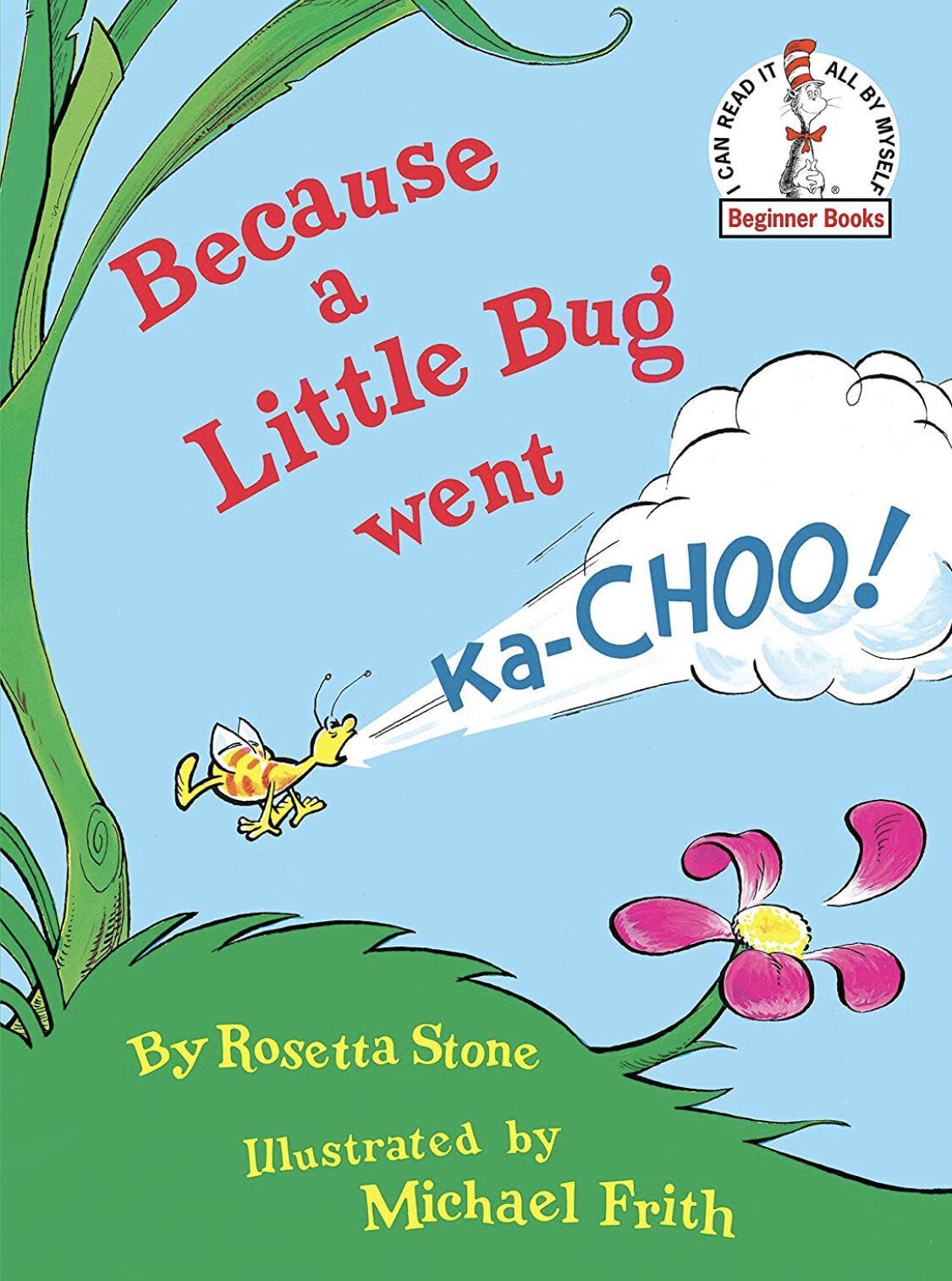January Favorites Roundup: Books
I’m sharing another roundup of books I’ve been using recently in my therapy sessions. These books are adaptable and can be used with kids of varied ages and language levels. Books are an effective way to target a variety of speech and language goals. For each book, I’ve listed the recommended ages provided by the author as well as a few ways in which I incorporate the book during therapy. Please note, I choose books based on both a child’s age and language level, so take the recommended age range with a grain of salt. Additionally, the list of ways I incorporate these books in therapy is by no means exhaustive. I hope this roundup inspires you to read a new book with a client or your child.
Treat by Mary Sullivan
Ages 3 - 5
How I incorporate this book in therapy: eliciting phrases and sentences of increased length and improving intonation patterns for children with apraxia (e.g., “Treat!” versus “Treat?” versus “Treat!”)
Ball by Mary Sullivan
Ages 0 - 3
How I incorporate this book in therapy: using phrases and sentences to describe picture scenes, using varied intonation when producing words ending with different punctuation (e.g., “Ball?” versus “Ball!” versus “Ball”), formulating questions (e.g., “I wonder what the dog will ask mom…”), making predictions, and using comments
Treat by Mary Sullivan
Ages 3 - 5
How I incorporate this book in therapy: eliciting phrases and sentences of increased length and improving intonation patterns for children with apraxia (e.g., “Treat!” versus “Treat?” versus “Treat!”)
Frankie by Mary Sullivan
Ages 4 - 7
How I incorporate this book in therapy: using possessive /s/ (e.g., “Frankie’s bone”), improving perspective taking skills, and formulating phrases and sentences to describe picture scenes
Peanut Butter & Cupcake by Terry Border
Ages 3 - 7
How I incorporate this book in therapy: asking questions to initiate a play-based interaction (e.g., “Cupcake, do you want to play with me?”), describing emotions (e.g., sad, disappointed), and answering why questions (e.g., “Why can’t hamburger play with peanut butter?”)
Not Norman: A Goldfish Story by Kelly Bennett
Ages 4 - 8
How I incorporate this book in therapy: describing emotions and why a character feels a particular emotion (e.g., scared, upset, disappointed, jealous), answering wh- questions (e.g., “Where is the boy taking Norman?”), and describing picture scenes
Norman: One Amazing Goldfish by Kelly Bennett
Ages 4 - 8
How I incorporate this book in therapy: describing how we feel particular emotions in our body (e.g., butterflies in our stomach, hands shaking for “nervous”), using transition words (e.g., “first,” “next,” “after that”) when formulating a narrative, and making predictions
Melissa & Doug’s Poke-A-Dot: Old MacDonald’s Farm
Ages 3+
How I incorporate this book in therapy: incorporating a familiar nursery rhyme while reading, modeling use of playful exclamations (e.g., “Pop!,” “Woah!”) and animal sounds (e.g., “Moo,” “Baa”), identifying and labeling familiar animals, and following directions (e.g., “Push button,” “Turn page”)
The Little Snow Plow by Lora Koehler
Ages 3 - 7
How I incorporate this book in therapy: describing problems and solutions, addressing goals related to vocabulary (e.g., providing synonyms for verbs, such as sputtered and roared), and retelling main events within the story
Because a Little Bug Went Ka-Choo! by Dr. Rosetta Stone
Ages 3 - 7
How I incorporate this book in therapy: using complex sentence structures, sequencing events, and making comments (e.g., “That’s so silly!”)
Good Morning, Good Night! by Annie Alexander
Ages 0 - 3
How I incorporate this book in therapy: identifying basic vocabulary (e.g., farm animals), following directions (e.g., “Pet the lamb), modeling simple 1- and 2-word phrases, and modeling use of basic modifiers (e.g., “little,” “soft,” “smooth”) and verbs (e.g., “sleep,” “eat,” “play”)
Bonus tip: touch and feel books are great for increasing engagement for kiddos who often don’t attend to shared book reading










What have been your recent favorite books?

